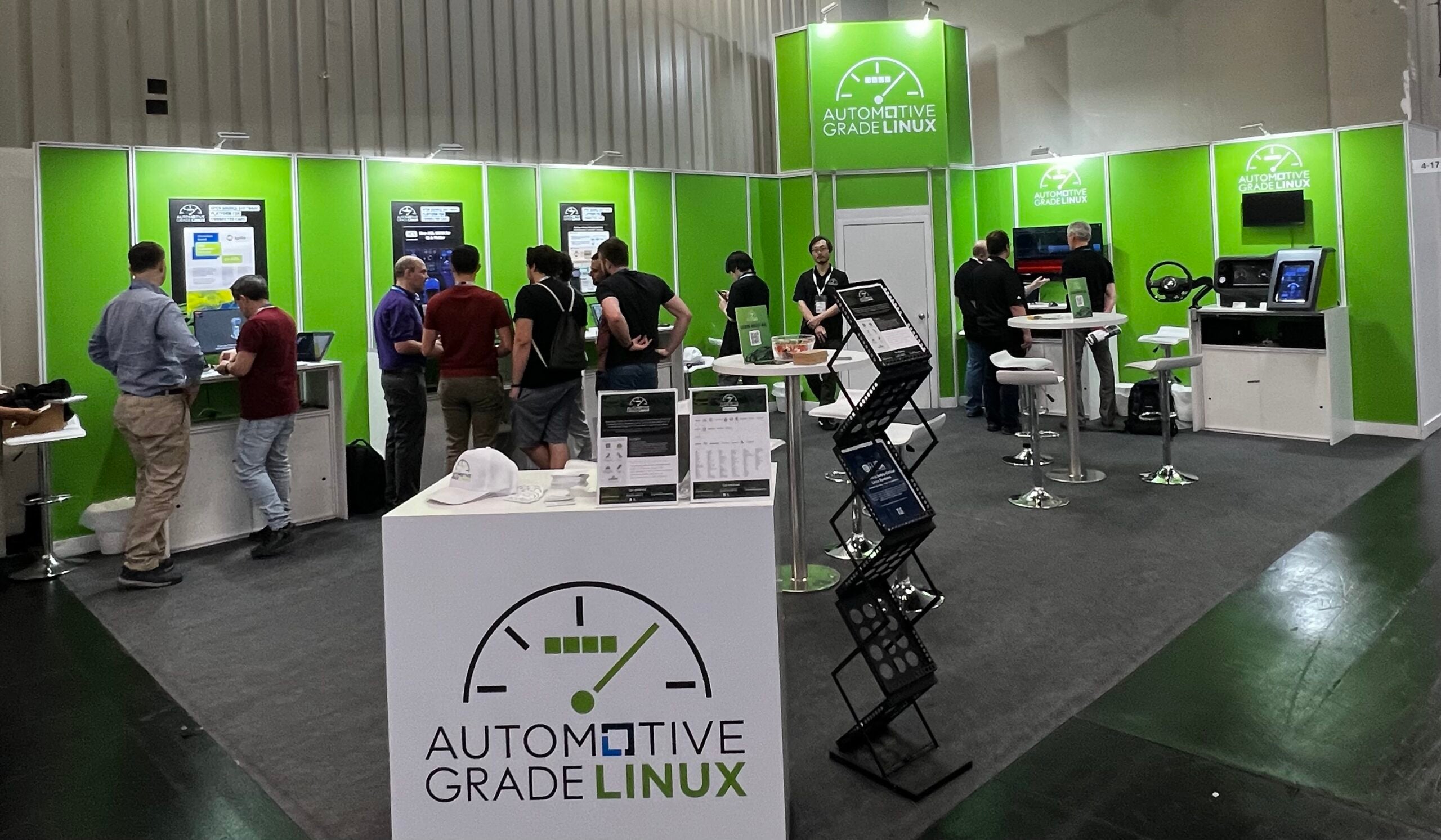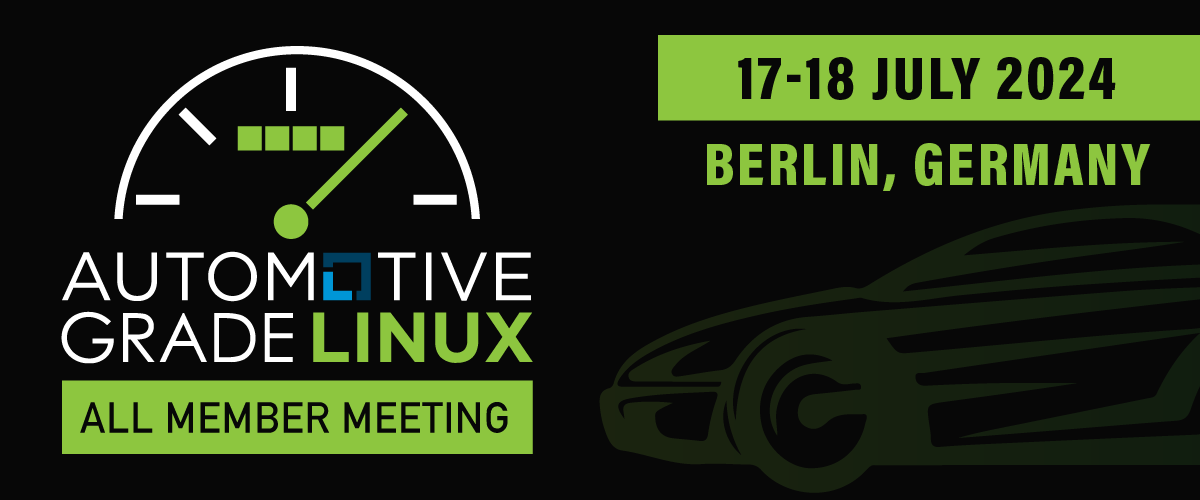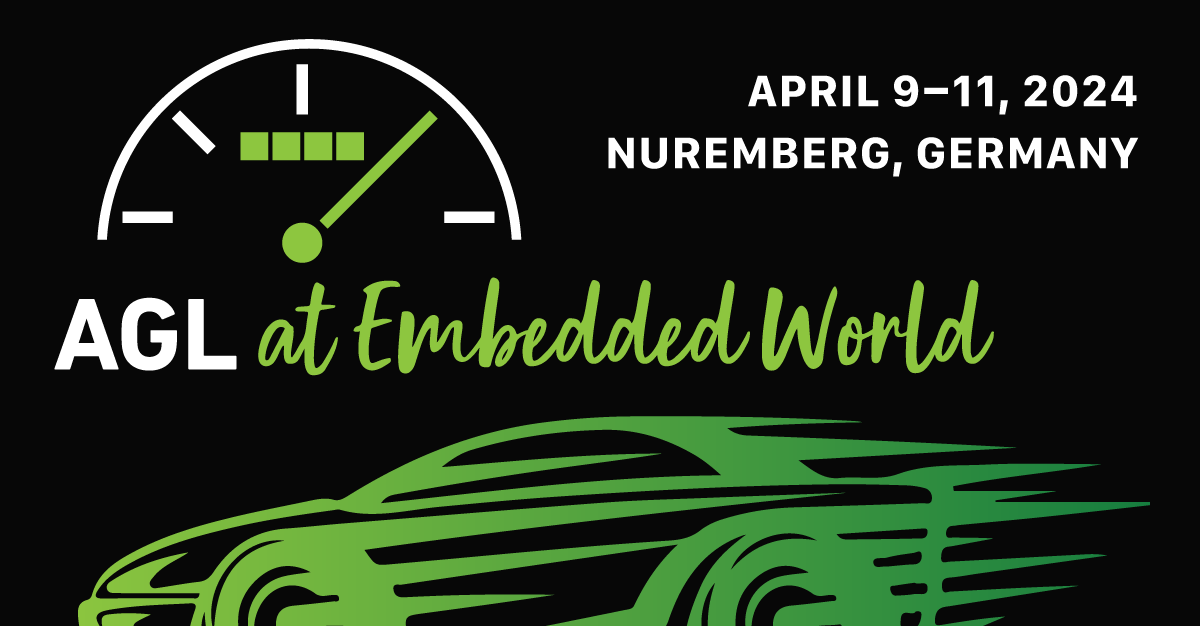
In this series, we talk to AGL developers to learn more about the work they are doing with AGL and open source. Today, we chat with George Kiagiadakis, Senior Multimedia Engineer at Collabora, ahead of Automotive Linux Summit next week, where he will be giving a talk on PipeWire in the Heart of Future Car Multimedia and participating on the AGL Developer Panel Discussion. You can follow George on LinkedIn and Twitter.
Tell us a bit about yourself – what made you want to get into technology? How did you get involved in automotive? In AGL?
Ever since I was young, I enjoyed solving logic problems and being creative. I didn’t have a particular reason to pursue technology, but when my family first got a computer at home, I was fascinated by it. I wanted so much to find out how it all worked, that I was constantly experimenting. About the age I was in high school, I learned programming in C and C++ and there was simply nothing else like it for me, so I was led to the obvious decision to study Computer Science. That was still not enough, though, as I wanted to do something more practical than just the usual school assignments, so I got my hands dirty by fixing bugs for open source projects. And that was the beginning of my career …
Now, about a year ago, a colleague pointed out to me the AGL project, mentioning that it was in need of improvement on the multimedia domain. Coming from an open source multimedia background myself, I knew I could help, so I jumped in. To be frank, I was never interested in automotive in particular, but I think that as a software platform it has very interesting engineering challenges that I am very happy to be working on today.
What are you working on within AGL? Can you sum up your experience so far?
I am currently working on enabling the new AGL audio architecture based on PipeWire. PipeWire is a new multimedia system service that aims to improve how we deal audio and video on Linux. On its audio side, it is envisioned to become a better alternative for PulseAudio, with low-latency performance in mind, security built-in and a clear separation between the media handling and the logic that defines policies and device management. In enabling it for AGL, we are also adding now enhanced capabilities on handling special hardware, such as the networked amplifiers that we normally see in cars, ensuring that PipeWire is relevant for multiple use cases. The ultimate goal is to allow code sharing between projects that are in need of such a system, both desktop and embedded, using a single system that can be customized for each one’s needs.
The experience can only be described with one word: beautiful. I like that it is a very creative process, involving innovative design work. This is something I didn’t have the opportunity to do in years and it is definitely refreshing. But most importantly, I like the people that participate in the project. Some of us are competitors, some have completely different backgrounds, but in the project we are a team and we help each other and contribute ideas, regardless of any competition or background knowledge. This is the beauty of working in open source and I wouldn’t give it up for anything.
What advice would you offer other developers or software engineers interested in getting started with AGL?
I would say, be patient and speak out about your work. Unfortunately there are some rough edges that may make the project seem a bit overwhelming at first, but if you reach out to people, preferably by joining one of the online calls, you can make progress a lot faster. The community is quite helpful and open to suggestions and new ideas.
Where do you hope to see AGL in 5 years?
Although 5 years is not as much time as it sounds, I can envision AGL being adopted as a base for a product. This of course means putting in a lot of effort on our side to ensure that the base we provide covers all the needs and all the stability guarantees of a product, but I believe that we have enough momentum currently to make this possible in – hopefully less than – 5 years.
What technology could you not live without?
Actually, despite the fact that I am all into technology, I am confident I can live without it. In fact I enjoy going out camping in the wild, during the summer, without taking any piece of technology with me. Well, except for my mobile phone, which I keep hidden for a case of emergency. A few days later, though, I miss my laptop…




